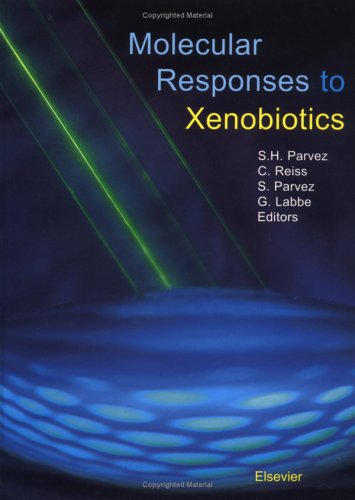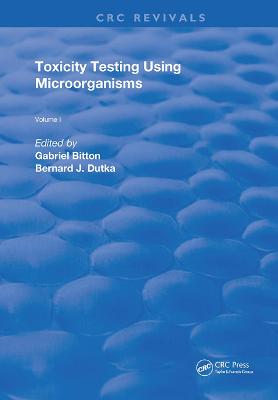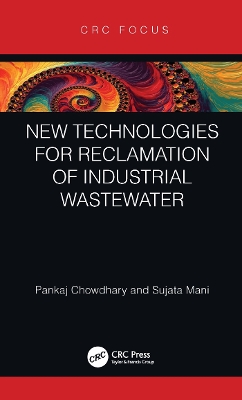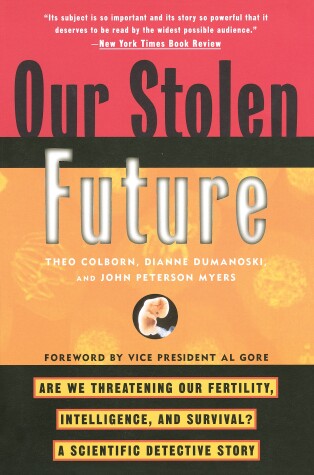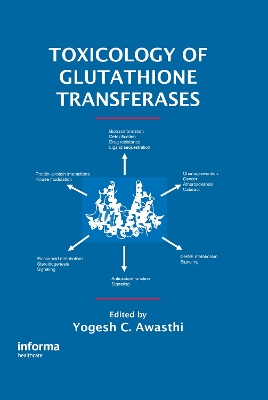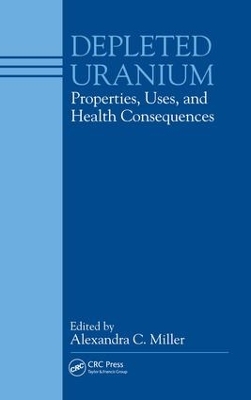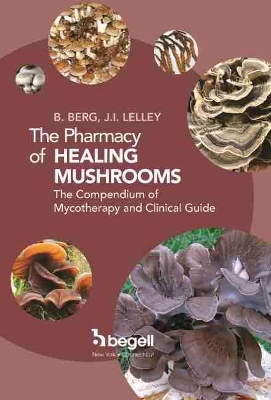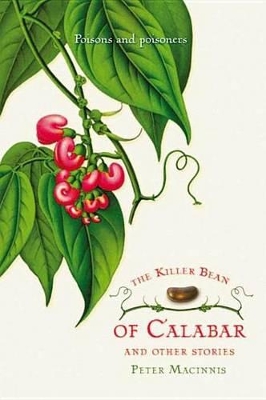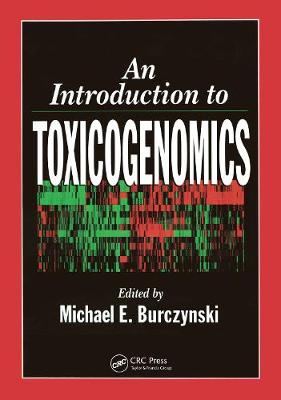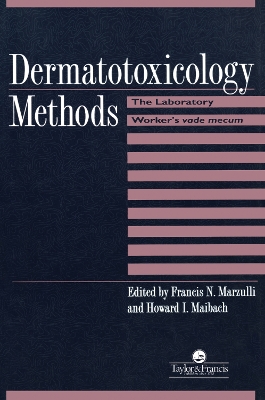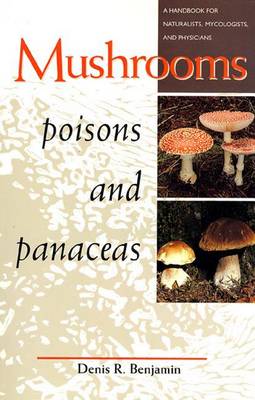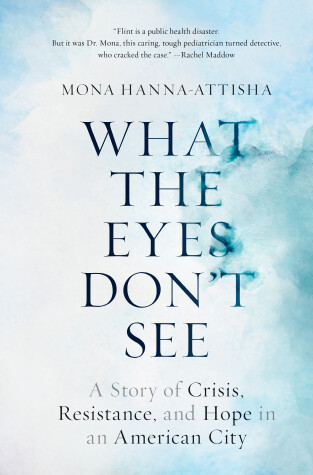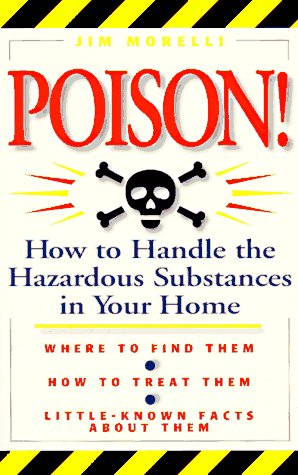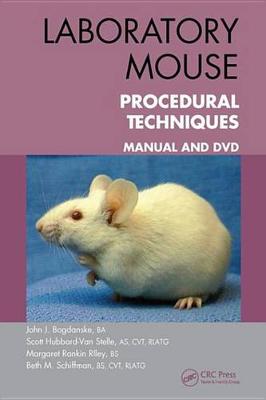Molecular Responses to Xenobiotics
Based upon the most advanced tools and concepts developed in modern biology, this work on molecular toxicity provides clear insight into the xenobiotic target(s), activity and mechanism of action, and reveals the detailed response and fate of the cell. It is therefore the most reliable assessment of toxic risks, particularly in the long term, prior to clinical trials. Compared to present-day toxicology procedures, molecular toxicology is reliable in assessing risks for humans, it is informative,...
Toxicity Testing Using Microorganisms (Routledge Revivals, #1)
First Published in 1986, this two-volume set offers comprehensive insight into the testing of toxic substances using microorganisms as reference. Carefully compiled and filled with a vast repertoire of notes, diagrams, and references this book serves as a useful reference for students of medicine and other practitioners in their respective fields.
Hematology data from in vivo toxicology studies remains one of the most predictive measures for human risk, as the same measurements made in pre-clinical toxicology studies can be made in early clinical trials. Covering the three main blood cell types - erythrocytes, leukocytes and thrombocytes, this work is designed to clarify topics fo
New Technologies for Reclamation of Industrial Wastewater
by Pankaj Chowdhary and Sujata Mani
New Technologies for Reclamation of Industrial Wastewater provides information on several types of industrial wastewaters containing a variety of toxic and recalcitrant compounds. It also focuses on the ecotoxicological and health hazards posed by the chemicals released along with industrial effluents. It covers various conventional as well as modern wastewater-treatment technologies and their advantages and disadvantages. Features: Elucidates various types of industrial wastewaters generated...
"A critically important book that forces us to ask new questions about the synthetic chemicals that we have spread across this earth."—former vice president Al Gore, author of An Inconvenient Truth Our Stolen Future examines the ways that certain synthetic chemicals interfere with hormonal messages involved in the control of growth and development, especially in the fetus. The developing fetus uses these natural hormonal messages, which come from both from its own hormone system and from...
Toxicology of Glutathione Transferases
Since the discovery of Glutathione S-Transferase (GST) or Glutathione transferase, studies have probed important questions about its pharmacological and physiological significance. Toxicology of Glutathione Transferases is the only text that details the methods used in GST research. With chapters written by experts who have been involved in all areas of GST research and have actively contributed to the progress of this field, the book describes the role of GSTs in toxicology, focusing on their p...
Depleted Uranium
A compilation of published scientific information, including human, animal, cellular, and theoretical studies, Depleted Uranium: Properties, Uses and Health Consequences provides the most current and comprehensive collection of information on depleted uranium health hazards. The editor and her international panel of contributors are clinical and ba
The term mycotherapy was first coined in 1997 by the coauthor of this book, Professor Jan I. Lelley. It refers to the use of fungi and fungal substances in the prevention and treatment of health problems in humans and animals. Over the past 18 years, this form of naturopathy, which has been firmly entrenched in traditional European and Asian medicine for nearly half a century, has been increasingly corroborated through modern, scientific research, gaining considerable importance over time. Lell...
An Introduction to Toxicogenomics
Since the advent of cDNA microarrays, oligonucleotide array technology, and gene chip analysis, genomics has revolutionized the entire field of biomedical research. A byproduct of this revolution, toxicogenomics is a fast-rising star within toxicological analysis. Gathering together leading authors and scientists at the forefront of the field, An Introduction to Toxicogenomics provides a comprehensive overview of this new discipline. With a focus on toxicology, it introduces the basic principles...
Toxicological Chemistry, 2nd Edition provides an easy-to-understand general discussion of biological processes operating on environmental chemical species. It also focuses on the chemistry of toxic substances based on their interactions with biological tissue and living organisms. The book is designed to appeal to readers with diverse general backgrounds. It assumes only a minimal background in chemistry and none in biology or microbiology. Introductory material regarding these fields is present...
Dermatotoxicology Methods
This work presents and evaluates methods employed to identify the potential of certain types of chemicals to adversely affect the skin. A variety of test methods are included such as tests for skin penetration, metabolism, irritation, the skin immune system, photo effects, skin cancer, and topical effects of retinoids and depigmenting chemicals. Tests for chemicals that affect the reproductive and nervous system are also included. Both animal and human tests that have been standardised and tests...
This study covers all aspects of mushroom consumption. Using the most current information available, the author explores new understandings of the chemistry and mechanisms of mushroom poisons, as well as the history and sociology of mushrooms, different cultural attitudes towards mushrooms and health benefits of selected species. Physicians, toxicologists, nutritionists and anyone interested in mycology and wild foods should find this book of interest.
Asbestos
Asbestos is the commercial name for various mineral silicates associated with numerous respiratory diseases, notably mesothelioma, asbestosis and lung cancer. This book examines risk assessments, health implications and impacts on the environment of asbestos. Chapter One provides a summary of exposure during abatement/removal of asbestos-containing floor tile and mastic. Chapter Two discusses the epidemiological patterns of environmental asbestos-related disease. Chapter Three reviews the reduct...
Asbestos
Asbestos is a naturally occurring silicate mineral with long, thin fibrous crystals. It is known as the miracle mineral because of its soft and pliant properties, as well as its ability to withstand heat. Asbestos is known to be toxic and the inhalation of asbestos can be potentially lethal. Since the mid 1980s, many uses of asbestos have been banned in several countries. The Environmental Protection Agency also banned the use of asbestos and as a result, man-made fibres have been manufactured a...
A NEW YORK TIMES NOTABLE BOOK • The dramatic story of the Flint water crisis, by a relentless physician who stood up to power. “Stirring . . . [a] blueprint for all those who believe . . . that ‘the world . . . should be full of people raising their voices.’”—The New York Times “Revealing, with the gripping intrigue of a Grisham thriller.” —O: The Oprah Magazine Here is the inspiring story of how Dr. Mona Hanna-Attisha, alongside a team of researchers, parents, friends, and community leaders...
Chances are you, or others in your home, use a poisonous substance to wash dishes, do laundry, or clean the toilet, oven or sink. This book takes you on a fascinating tour of the toxic substances found in your home and enlightens you about some that are supposed to be but really aren't. Filled with historical trivia and interesting nuggets, it's the kind of home poisoning book you'll pick up not just in a panic, but to read for pleasure. So, please, read it before you need it.
Laboratory Mouse Procedural Techniques
by John J. Bogdanske, Scott Hubbard-Van Stelle, Margaret Rankin-Riley, and Beth M. Schiffman
This combination manual and DVD provides much-needed training on the proper handling of mice used in biomedical research. The DVD includes narrated video clips that demonstrate and describe each procedural technique. The manual contains handouts with color illustrations and descriptive text for each technique, including the purpose and application
Safety Evaluation of Certain Food Additives and Contaminants
The Metabolism of Arsenite (Arsenic in the environment)
Up to 200 million people in 70 countries are at risk from drinking water contaminated with arsenic, which is a major cause of chronic debilitating illnesses and fatal cancers. Until recently little was known about the mobility of arsenic, and how redox transformations determined its movement into or out of water supplies. Although human activities contribute to the release of arsenic from minerals, it is now clear that bacteria are responsible for most of the redox transformation of arsenic in t...
The 2007 Report on Soybean Cake, Meal, and Other Byproducts
by Philip M. Parker
The IACUC Handbook, Third Edition
Ever since its establishment by USDA regulation in the mid-1980s, the Institutional Animal Care and Use Committee (IACUC) has evolved as the premier instrument of animal welfare oversight within research institutions in the United States. As biomedical research continuously grows, the role and impact of the IACUC has increased in scope and complexity. The IACUC Handbook has become "the Bible" for individuals when the time comes for them to serve on their institution’s IACUC. It provides a founda...
